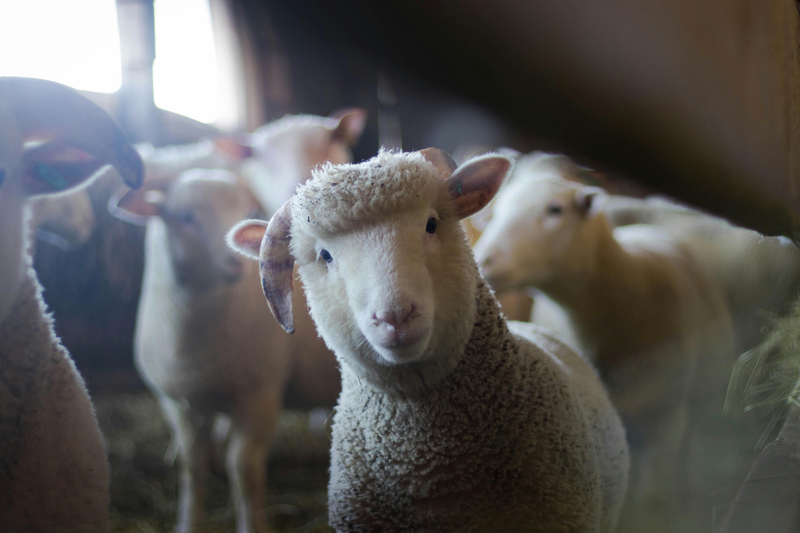There will always be considerable public interest in personal care and beauty. Boosting this trend, a new wave of nutraceuticals that target “beauty from within” has been further grabbing the attention of formulators and consumers alike. In 2023, there was a 57-fold increase in the market prevalence of supplements designed to enhance our appearance; as such, it’s paramount that those looking to remain competitive in the space stand out with their formulations.1
Owing to its range of benefits for skin, nail and hair health, an ingredient commonly associated with the beauty from within phenomenon is keratin. In the UK, the phrase “keratin supplements” increased in searches by 43% year-on-year, highlighting a growing demand for more unconventional approaches to looking good.1
However, extracting keratin for use in supplements comes with significant challenges, which can often result in low or even no biological activity from the separated product.
Keraplast — a keratin manufacturing specialist — believes it has come upwith a solution to this issue. Annabel Kartal-Allen spoke to CEO Howard Moore to learn more.
Why keratin?
Keratin is a protein that’s naturally found in the human body and plays a significant role in the formation and maintenance of the hair, skin and nails.
Various studies have suggested that supplementation with keratin can assist with temporary hair thinning, hair volume and nail condition, which alludes to the benefits that keratin might have on overall appearance and confidence.2,3
“Keratin supplementation can have wide-ranging effects; it can promote hair health by enhancing strength and reducing breakage, nail condition by diminishing brittleness and skin vitality by improving elasticity and hydration,” Howard asserts.
The challenges of keratin extraction
Ever since keratin was first extracted for use in supplements, pitfalls in the process have become apparent. Howard explains:
“Historically, beta-keratin has been taken from chicken feathers using harsh chemicals, breaking disulphide bonds and partially hydrolysing peptides to create hydrolysed keratin. This process will produce non-functional keratin with a different amino acid sequence to alpha-keratin, making it less bioactive and structurally different from human keratin found in hair, nails and skin.”
“Extracting alpha-keratin from sheep’s wool has been challenging, as existing beta-keratin methods were ineffective. There needed to be a way that keratin could be isolated in the correct form to create quality functional ingredients, so we developed a method to extract alpha-keratin on a commercial scale.”
The resulting product is more soluble and easier for the body to absorb
Optimising keratin isolation
As standard keratin extraction protocols come with many drawbacks, there was a market need to find an effective and economically viable way to extract the protein in a bioavailable and soluble form for use in supplements. 
Keraplast's CEO, Howard Moore
The company managed to fill this niche in 2000 and has since been refining the technology. Howard elaborates: “We began our research on wool keratin extraction 24 years ago and — since then — we have optimised the process to improve its efficiency and
sustainability."
"To isolate keratin that is bioavailable and useful in supplements, we crafted a low-temperature process that gently breaks down the insoluble disulphide bonds in wool keratin. This makes the resulting product more soluble and easier for the body to absorb.”
He continues: “Cysteine is a common amino acid found in keratin that forms disulphide bonds and is a significant contributing factor into the protein’s inability to dissolve. Therefore, altering these segments of the keratin structure into cysteic acid and S-sulfonated cysteine allows us to increase the solubility and bioactivity of the isolated keratin.”
Optimising the incorporation of keratin into supplements
When formulating supplements, ingredient solubility can be a significant asset, Howard explains: “An important factor when determining the suitability of a bioactive for a liquid-fill formulation — such as a softgel — is how successfully it will dissolve. To ensure the efficacy and stability of such a dosage form, the functional ingredient must successfully incorporate into the fill." 
"As the keratin we produce is soluble in water, it can be formulated into these supplements at certain concentrations; this gives developers more diversity regarding the types of products they can feasibly make — whether that be in powder, pill or softgel form.”
As well as its easy incorporation, Howard believes that wool keratin is ideal for use in nutraceuticals because of its structure: “Wool alpha-keratin and its human counterpart have a similar molecular arrangement, meaning it will provide superior bioactivity when used in supplement formulas.”
Smaller keratin peptides can penetrate deep into hair, nails and skin
Catering molecular length to the application
According to Howard, the length of a keratin molecule can impact its functionality: “When putting keratin into a formulation, the form you use — as well as its molecular weight — should be considered. This is because molecules of certain lengths can exhibit enhanced performance in different formulations, as well as showing better efficacy in certain targeted applications. Therefore, we have three types available: two of which vary in molecular weight and one that’s hydrolysed with a very small molecular weight of less than 2.5 KDa.”
"The larger keratin proteins (>50,000 Dalton) form sacrificial films on hair, nails and skin via strong bonding, trapping moisture for long-lasting hydration and protecting them from external environmental conditions such as UV, smoking and pollution."
"The smaller keratin bioactive peptides (<500 Dalton) can penetrate deep into hair, nails and skin, allowing them to bind to the
natural keratin structures. These peptides also retain moisture in the hair because of their natural hydrophilic amino acids — which attract and bind water molecules — locking in moisture and preventing dryness."
"This deep penetration into the scalp helps to strengthen hair fibres and improve overall scalp health, contributing to reduced hair loss. Additionally, the protective layer formed by keratin reduces breakage and damage."
References
1 www.centricsoftware.com/en-gb/centric-market-intelligence/the-beauty-supplements-market-index/.
2 www.ncbi.nlm.nih.gov/pmc/articles/PMC3509882/.
3 https://openventio.org/the-effects-of-the-oral-supplementation-with-a-natural-keratin-hydrolysate-kera-diet-on-hair-and-nails-randomized-placebo-and-benchmark-controlled-clinical-trial-on-healthy-females/.
